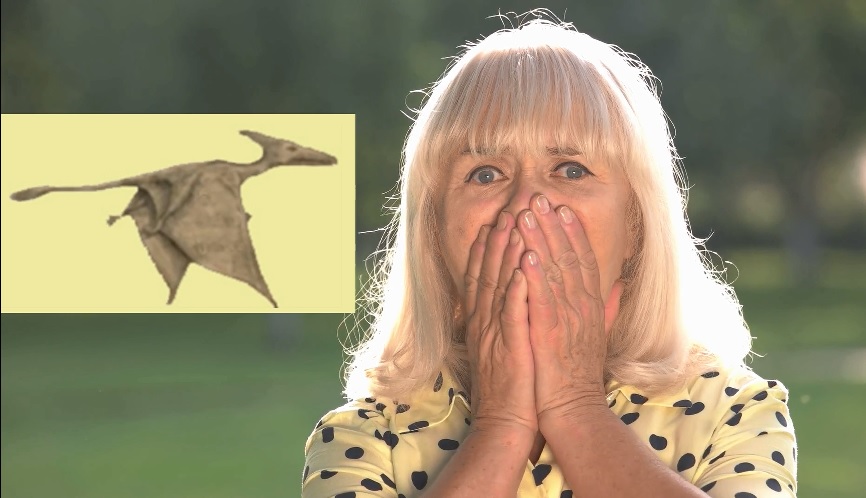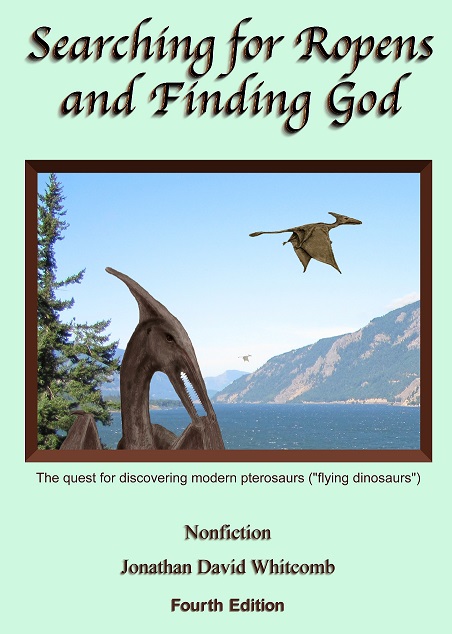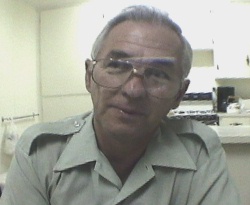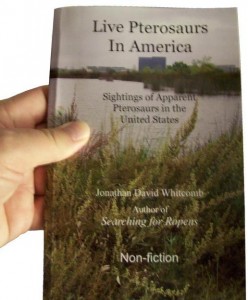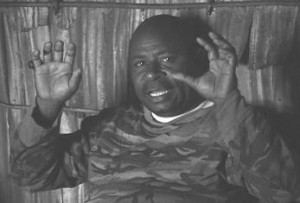By the cryptozoologist Jonathan Whitcomb
I uploaded the following video to Youtube on November 8, 2019: “Shocking Pterodactyl Facts – Top 10”. You can watch it now:
.
Video versus other online resources
I don’t mean to imply that people should rely mainly on Youtube videos for information about living pterosaurs. You’ll learn much more from reading one or more of my nonfiction books on these amazing flying creatures. I also recommend online press releases about modern pterosaurs or one or more of the scientific papers that my associates and I have written.
Yet videos are a quick and easy way to learn some basic facts and I also offer the above video as a resource for those seeking the truth about discoveries in this narrow branch of cryptozoology.
Brief Summary of the Shocking Facts in This Video
Beginning with the least shocking:
#10: Three fears are common in Western cultures: not just fear of the animals themselves but fear of what others may think and fear about the possibility of personal temporary insanity or at least a problem with vision.
#9: Reports of living pterosaurs in the southwest Pacific are NOT from misidentifying fruit bats or frigate birds.
#8: Not all biologists . . . believe that all pterosaurs are extinct. In fact, biologist Peter Beach has searched for modern pterosaurs.
#7: Some modern pterosaurs have intrinsic bioluminescence.
#6: Most of them have long tails and appear to be descendants of Rhamphorhynchoid pterosaurs.
#5: A significant minority of these flying creatures are HUGE.
#4: Hoaxes have been eliminated for the overall reports.
#3: Three scientific papers have been written about the possibility that not all species of pterosaurs are extinct.
#2: These flying creatures are not confined to Papua New Guinea. They’ve been seen in many areas of the world.
#1: Of all the Americans now living, about 150,000 of them have had, at some time in their lives, a clear sighting of a living pterosaur.
.
###
.
Top Ten – Most Shocking – modern pterosaurs
Fact #8: Not all paleontologists or biologists believe that it’s impossible for a species of pterosaur to still be alive. In fact, one biologist has searched for living pterosaurs in both North America and in Papua New Guinea: Peter Beach.
.
Video footage of a living pterosaur
A biologist (Peter Beach) and his fellow American explorer (Milt Marcy) observed an apparent living pterosaur in a jungle on New Britain Island, Papua New Guinea, in the year 2015, and Professor Beach was able to videotape the flying creature, although the resulting footage was at a distance and zoomed out, because of difficult recording circumstances of the moment.
.
Press release on living pterosaurs
Pterosaurs, commonly called “pterodactyls,” live in various parts of the world, according to Jonathan Whitcomb . . . By the end of 2012, he had compiled statistics on the more credible sightings, including details that, after examination, make hoaxes an unsatisfactory explanation for the reports overall.
.
Youtube video channel Protect Animal Life
As of November 19, 2019, this channel has 33 videos, each of which is positive about the possibility that not all species of pterosaur are extinct.
.
Resources: press releases on living pterosaurs
- Strange flying creatures in Utah
- Pterodactyl reported in Papua New Guinea
- Flying dinosaurs – strange flying creatures
- Pterodactyls in mid-20th century Cuba
.



